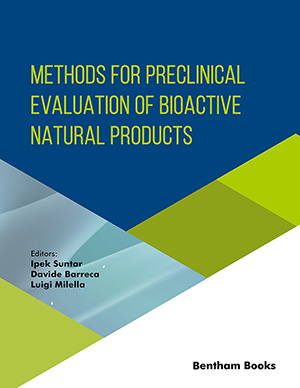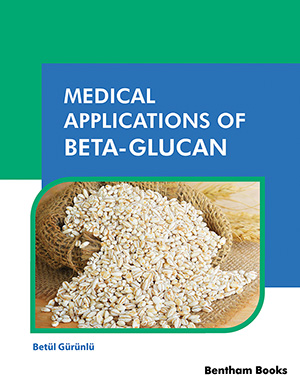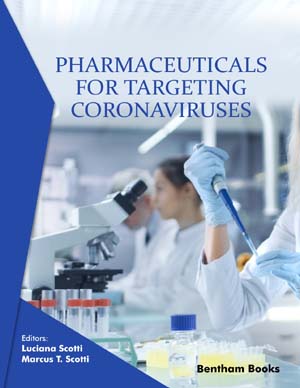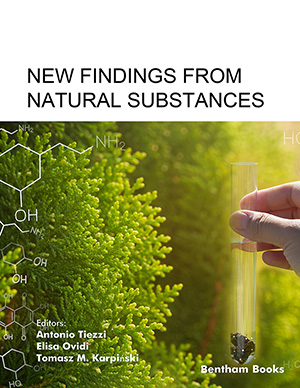Abstract
The inflammatory process can be unleashed by a wide variety of biological,
chemical, and physical factors, and arises to counteract these dangerous enemies. In
case of failure by the organism to defeat these exogenous stimuli, a chronic
inflammatory status occurs, hence potentially leading to several diseases. Therefore,
anti-inflammatory drugs, from both synthetic and natural sources, represent valuable
allies to fight the phlogistic process. The search for novel candidate drugs is never
ceasing, also from the plant kingdom, known to provide products with generally lesser
or more tolerable side effects than synthetic drugs. Researchers can take advantage of a
wide plethora of in vitro and in vivo methods in order to investigate the anti-inflammatory potential of unknown natural products. Cell cultures (i.e., stimulated
macrophages) offer a fast and highly reproducible first-line screening, while animal
models, thanks to their complexity, grant to achieve a broader and multifactorial view
of the inflammatory process. The underlying mechanism of action of candidate drugs
can also be explored by several cell-free assays, which are crucial to assess the activity
of key enzymes involved in the inflammatory cascade. Here, we report the most widely
employed models for the assessment of the anti-inflammatory potential of natural
products, discussing the overall procedure, and also providing examples of plant drug
screening. Together, these approaches represent the basis for a thorough and proper
investigation of the anti-inflammatory activity of novel candidates.
Keywords: Inflammation, Cell Models, Animal Models, Methods, In vitro, In vivo, Cell-free, Carrageenan, Lipopolysaccharide, Cytokines, Natural Products, Polyphenols, Extracts, Flavonoids, IBD, Arthritis, Periodontitis, Pleurisy.






















